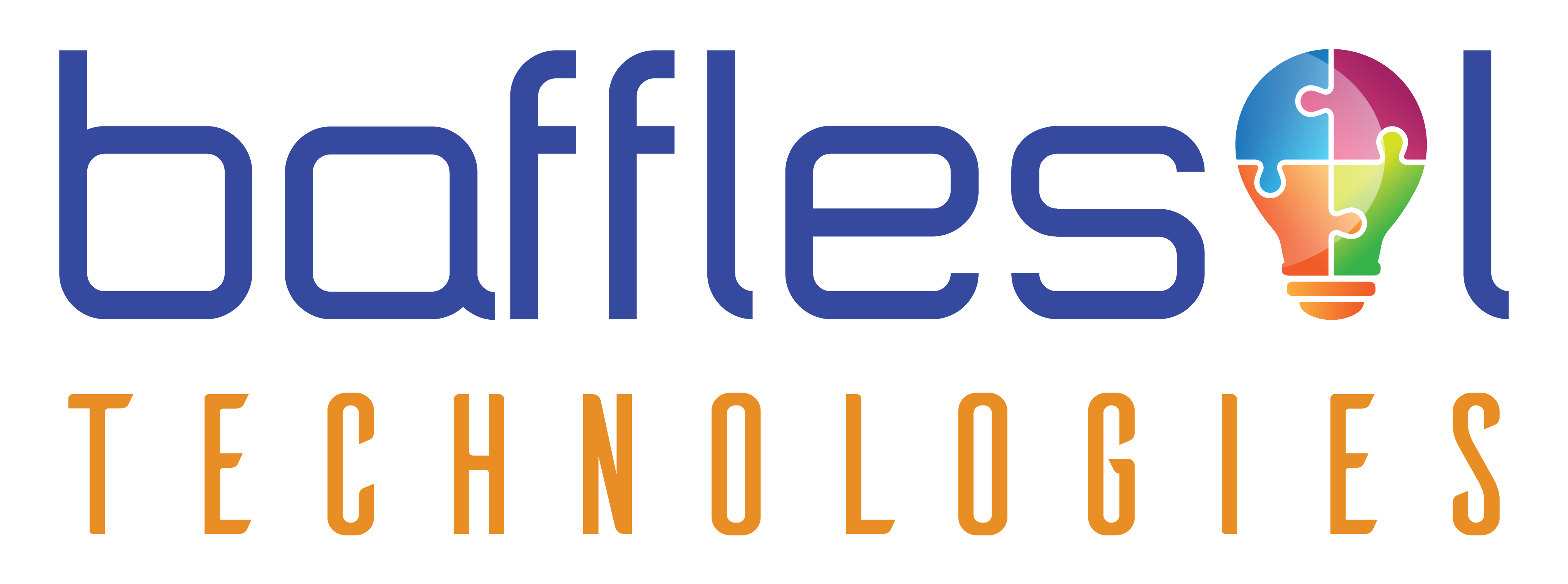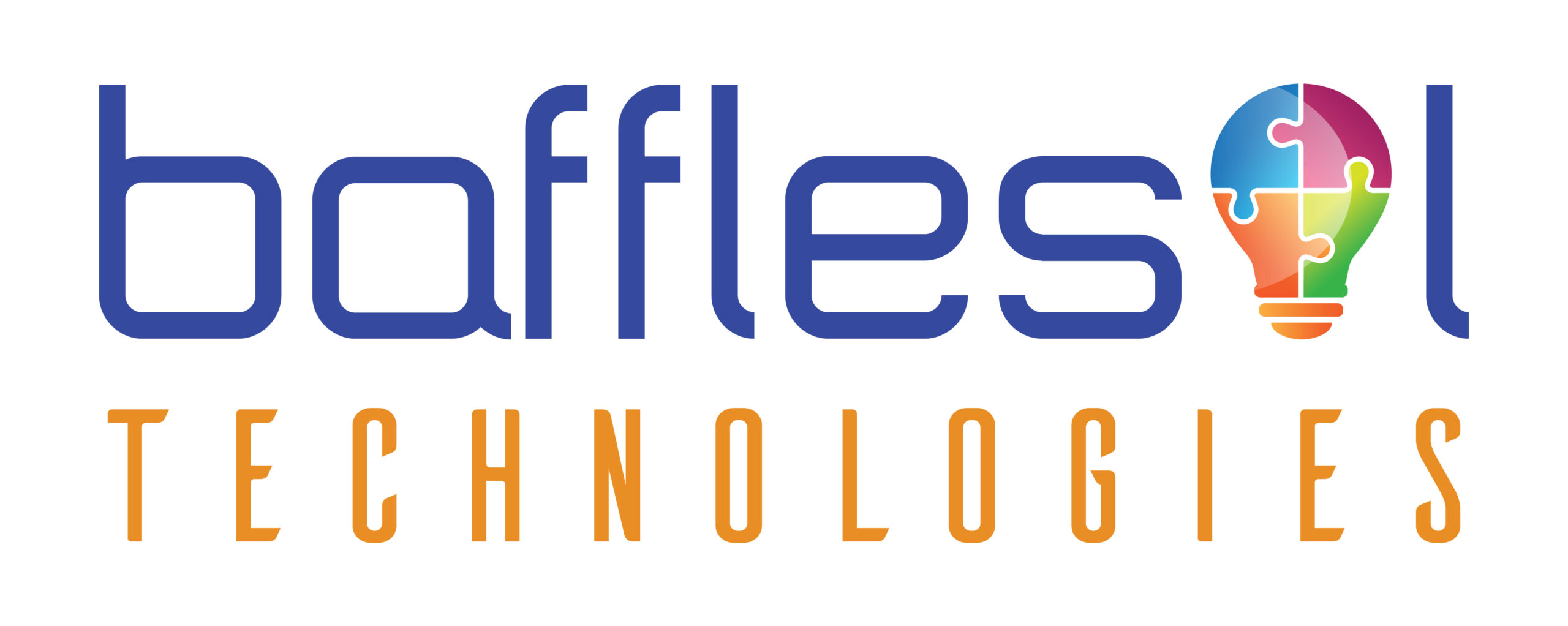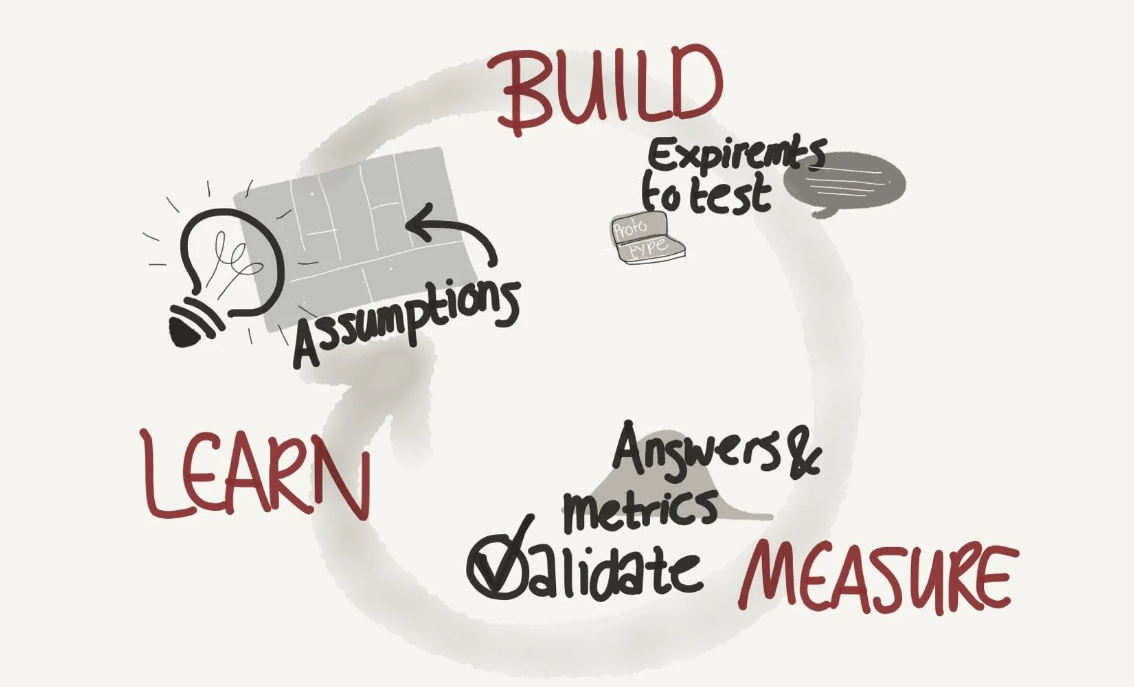Businesses face unusual and increasing levels of volatility, uncertainty, complexity and ambiguity. In a VUCA World, all businesses are startups. The number of startups and unicorns is growing, and so is the failure rate.
These entrepreneurs either fail in creating a market for their product or die with premature scaling. In the startup world, we need to make quick decisions, execute ideas with less effort and still have an effective workflow with moral consensus. In the startup world, evolutions are too rapid, and businesses must be optimized for execution and stability to adapt effectively. This is where agile comes into the picture.
One of the crucial principles of agile is “Assume variability; preserve options.” This means adjusting the strategies as we undertake the journey basis more learning. These new options are an opportunity to pivot in the right direction. We should maintain those options, as they will naturally reduce to an appropriate, feasible, desirable set of opportunities. Agile makes startups improve their adaptability and flexibility.
Startups are always in a high-risk-and-uncertainty condition. They must continuously experiment and discover new ways to create value, validate, and adapt while continuing to execute and scale. Agility in business helps you ask essential questions to have better context. Once everyone on the team understands the process, it becomes systematic. The expectations are clear, and the results are measurable. Examples of some questions to ask regularly are:
- When should a work/task be done?
- What is the priority of this task? Is this task time-bound? By when should this task be done to yield the best results?
- How does a task fit into the bigger picture? Does it help you get closer to your objectives?
- Who should be doing this task?
The result is the ability to make quicker and better decisions, executed on time, and market feedback implemented.
Agile also stresses breaking down large, complicated tasks into smaller components to initiate continuous development. Make it easier to have a working piece of product out the door as fast as possible and then see how the targeted audience uses it, what should be changed, how to build on it, and so on. This slicing, as we call can be done using various parameters like –
Workflow steps
- e.g., Steps to checkout at an online store; enter a billing address, enter a shipping address, enter payment information, etc.
Simple/Complex
- e.g., Ship to a single address vs ships to multiple locations
Business Rule Variations
- e.g., Process transactions in states that don’t collect sales tax vs states that do
Major effort
- e.g., Add to the shopping cart, add to wishlist, etc.
Operations (Create, Read, Update, Delete)
- e.g., Add item to the cart, view cart, update items in cart, remove the item from the cart
Variations in Data
- e.g., Show shipping dates for Amazon Prime vs non-Amazon Prime customer
Variations in Interfaces
- e.g., Mobile, tablet, PC
Defer System Qualities
- e.g., Performance, logging, etc.
Happy vs Unhappy Path
- e.g., Enter credit card info, a credit card is expired
Giving you a framework to overcome this problem and eventually increase productivity.
Be it agile or not, good communication is essential.
But Agile encourages internal communication within the team. This is done through different meetings that all serve particular purposes and reduce the need for additional meetings.
During the meetings, the team will actively discuss work, ask relevant questions as a unit and eventually work towards a common goal. Agile also puts great emphasis on external communication. This entails getting feedback from users, investors or other external stakeholders, encouraging them to communicate their suggestions and ideas more frequently and openly and giving your startup a clear direction, with everyone aligned to why certain decisions are being made.
That said, agile isn’t always a natural fit for all startups. It is not an organic adoption. Understanding basic fundamentals and different flavours of agile is imperative to get maximum benefit.
To make a startup successful, we must embrace the changes, optimize how people work and utilize all the Agile benefits. Therefore, factor in all the explicitness of your business context, weigh the pros and cons and reach a decision. If Agile is your choice, display a solid commitment to its principles and practices. Choose the suitable method to facilitate implementation and organizational makeover.



